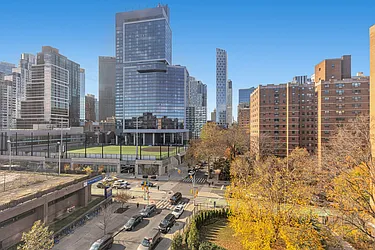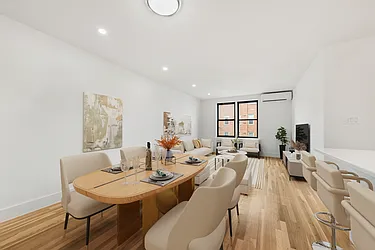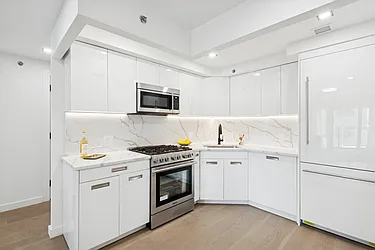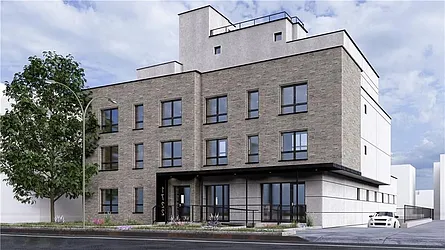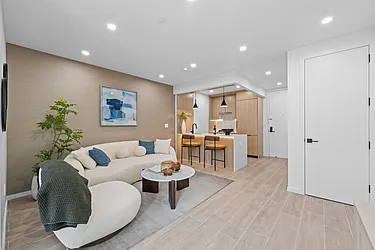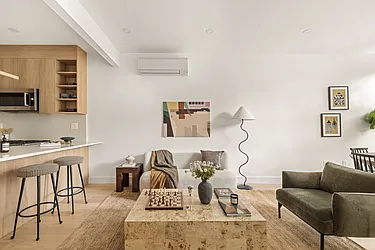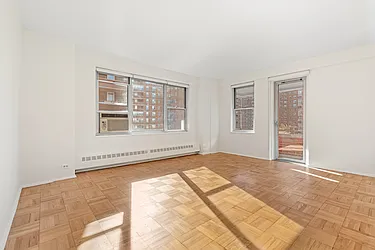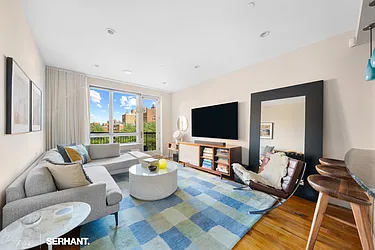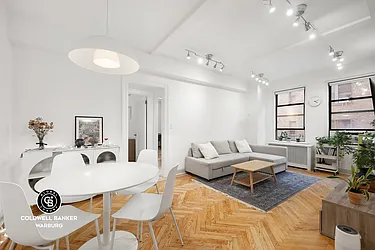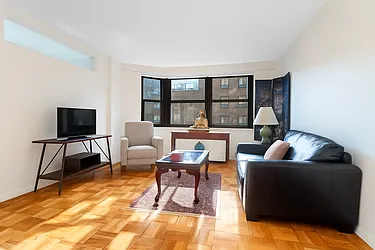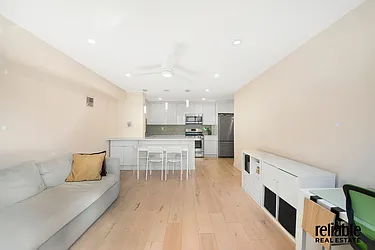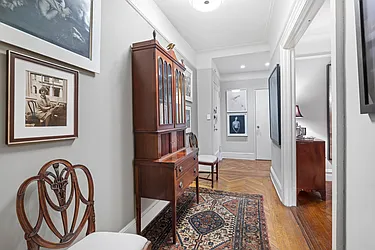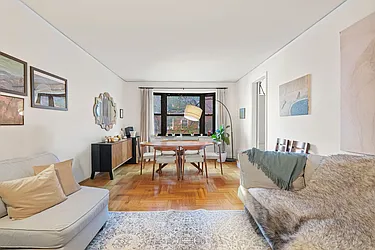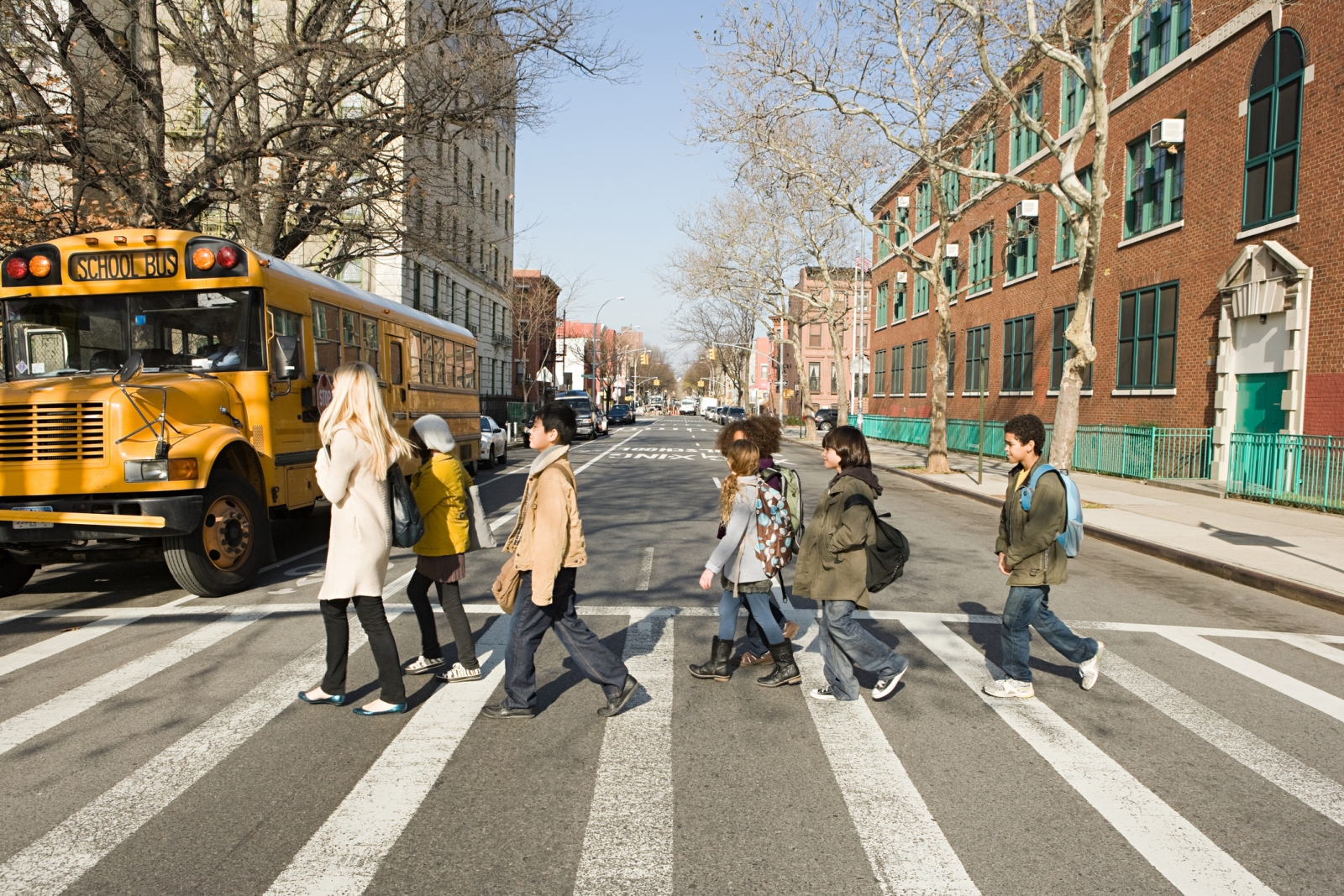
Public schools can play a large part in where NYC parents choose to live. (Getty Images)
There are plenty of reasons to choose a particular neighborhood in New York. Perhaps it’s one that’s close to work, has a thriving arts scene or is filled with history. For parents of young children (like me), it quickly becomes about schooling. And if you’re also like me, it can be particularly difficult to understand the NYC school district map, and what say you have in where your child goes to public school. (Hint: It has everything to do with zoning.)
Unfortunately, New York City’s school system is complicated, and it can be challenging to navigate. But understanding a few key facts can help alleviate some of the headache during a real estate search. There is a lot of information out there to help you make an informed decision of where to buy or rent next, based on the public schools in that area.
To get through it all, I reached out to a couple of experts — Joyce Szuflita, founder of NYC School Help, and Laura Zingmond, Senior Editor of InsideSchools — to break down the process and figure out how to rent or buy in the neighborhood that’s home to your public school of choice. Use this guide to narrow down the best neighborhood for your family.
How Does the NYC School District Map Show What School a Child Will Attend?
The answer to this question is actually pretty simple: “The decision is based on zoning,” says Zingmond. “Every home address is assigned to a particular school zone, and that is where your child will go.” (You can see which school you are zoned for with the NYC school district map.) The only time this wouldn’t be the case is if your zoned neighborhood school is at capacity. If that’s the case, your child will get assigned to a neighboring school. There are also non-zoned schools to which you can apply.
Brooklyn 2BRs Under $900K Article continues below
How to Find a Specific NYC School District
The NYC Department of Education website has a “Find a School” page where you can type in your home address, the grade level you’re interested in and your borough. Your zoned school will be in the gray box at the top of the results. InsideSchools has a similar search engine on its homepage. “While the data should be accurate,” says Zingmond, “I always advise you to call the school and confirm.”
How Do You Find Information on a Zoned School?
“InsideSchools, the consumer reports for the NYC school system run by education journalists, is the only online source as far as I am concerned,” said Szuflita. “They know the city and the schools here, unlike the national data aggregators, which are not nuanced or accurate in reflecting the schools’ cultures and quality.”
On its website, you can type in the name of a school and read reviews from experts. It will reveal a list of recommended schools, what its strengths and weaknesses are, if it has options like a gifted-and-talented or dual-language program, specializes in special education, or has a strong arts curriculum.
What If You Don’t Like Your Zoned School?
When you apply to kindergartens, you can rank up to 12 public programs. This could include your zoned school, as well as non-zoned ones, and other zoned schools that you prefer. “Families who are zoned get priority to their local schools, but if there are seats available after those families are served, they there may be room for some other students,” reveals Szuflita. “Many coveted schools will never have seats for students outside of the zone, though.”
Other options include two district-wide and city-wide gifted-and-talented programs that students (yes, even 5-year-olds!) can test into, and charter schools (privately run but publicly funded, and free), which will do a lottery for their seats.” You can apply to charter schools separately through their websites,” says Szuflita. “And unlike the Department of Education application, you don’t rank the schools by preference.”
There are also some non-zoned schools. “You apply to them in the same way (and on the same kindergarten application) that you would apply to your zoned school,” adds Szuflita. “If you are not thrilled with your zoned school, non-zoned schools can be an option. But there are not many of them, and often they are wildly popular because of their individual cultures.”
Manhattan 2BRs Under $1M Article continues below
How to Rent or Buy in a Specific School District
“If there’s a particular school that you definitely want, search for apartments to rent or buy in that zone,” says Zingmond. InsideSchools has a function where you can type in the name of the school and borough on the homepage, see the results, click on “Learn More” and then hit “View Map.” This will give you a visual of what addresses would fall into that school zone.
From there, you can start a real estate search on StreetEasy to find specific buildings in that area. At the bottom of the listing, it will say what school that address is zoned for, so you can confirm it’s the school you want. “Again, I would always double-check by calling the school before you put in a lease or down payment,” advises Zingmond.
How to Research Schools in Your Favorite Neighborhood
“One of the best things you can do is ask parents living in the neighborhood you’re considering,” says Zingmond. “Find friends that live in the area or go on social media discussion boards to ask around.”
Another way is to hire someone like Szuflita, who can help guide you through the process in Brooklyn. Or, you head to the InsideSchools choose your grade level, borough and neighborhood to learn about the schools in that area. There are even filters to let you choose recommended and noteworthy ones.
What Happens If You Move Out of Your School District?
“If you are currently attending a school at kindergarten or above, and you move outside of the zone but within the city, those students are grandfathered into the current school,” said Szuflita. “If you would prefer to attend in your new zone, and there is room, you will be welcomed. It is your choice.”
One thing to consider is whether there are siblings involved. If your child has younger siblings who have not yet begun kindergarten and you move, those siblings are out of the zone and have a lower priority than zoned students. “Sometimes, there is no room for them in a popular school,” said Szuflita. “That makes the generous moving policy much more of a problem if you have more than one child.”
—
Inspired to find your next place in New York? Whether you’re looking to rent or to buy, search NYC apartments on StreetEasy.

